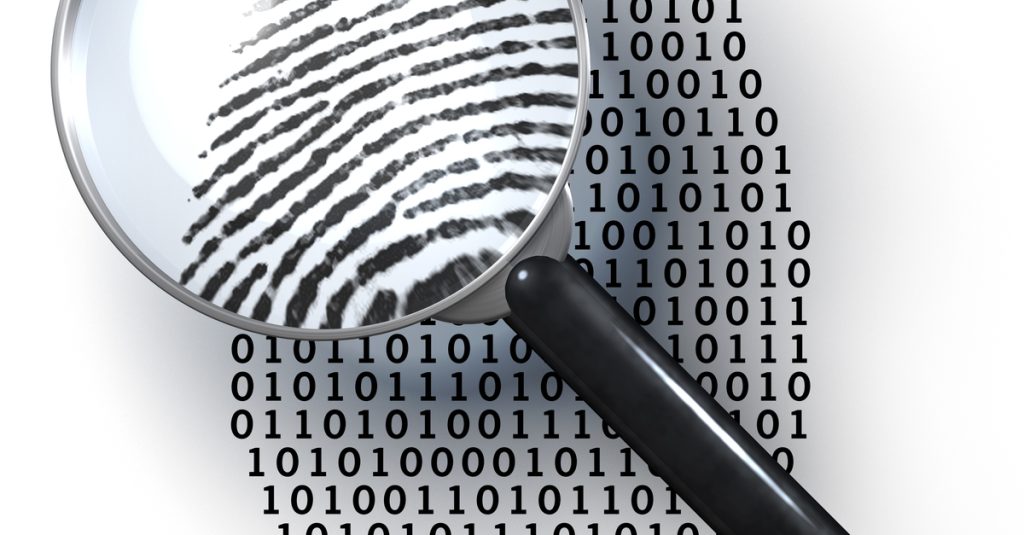Nexus Darkweb Pioneers the Future of Private Digital Communication
In the ever-evolving landscape of the internet, the need for secure, private communication platforms has never been greater. As digital surveillance becomes more pervasive and threats to privacy intensify, individuals are increasingly seeking ways to communicate without fear of being monitored or tracked. These platforms, which operate on the edges of the traditional internet, are built to ensure that privacy is not just an option, but a foundational feature. The vision behind these emerging platforms is rooted in a deep understanding of the threats posed by both governments and corporations, who often prioritize surveillance and data collection over user privacy. By utilizing advanced encryption technologies and decentralized networks, these systems offer a level of anonymity and security that is beyond the reach of conventional communication methods. Whether it is sending messages, making calls, or sharing files, users can do so with confidence that their digital footprint is minimized and their personal information is protected from prying eyes.
One of the core innovations in these platforms is the use of the dark web as a base for communication. The Nexus market web, long associated with illicit activities, is being repurposed by these pioneers as a space where privacy and security are paramount. With the help of specialized software and protocols, users can access this hidden part of the internet without revealing their identities or locations. The dark web’s decentralized nature ensures that there is no central point of failure, making it incredibly resilient against attacks and shutdowns. In addition to the dark web, the platforms make use of cutting-edge encryption methods to safeguard data. This ensures that any information exchanged is securely transmitted, even in the face of potential interception. End-to-end encryption means that only the intended recipient can read the messages, with no third-party having access to the content. This level of security is crucial in a world where data breaches and cyberattacks are becoming more frequent and sophisticated.
By implementing such robust measures, these platforms provide a safe haven for those who value their privacy. The future of digital communication, as envisioned by these pioneers, is one where individuals have full control over their personal information. The traditional reliance on centralized systems, which are often vulnerable to data breaches and misuse, is being replaced by a decentralized approach. This shift empowers users to take ownership of their digital identities, ensuring that their data is not exploited or misused by outside forces. By giving people the tools to protect their privacy, these platforms are helping to redefine what it means to communicate in a digital age. As awareness of these private communication methods grows, more and more individuals are turning to them as a way to regain control over their online presence. The platforms’ ability to shield users from surveillance and hacking attempts has made them especially attractive to activists, journalists, and those living in regions where freedom of expression is under threat.




